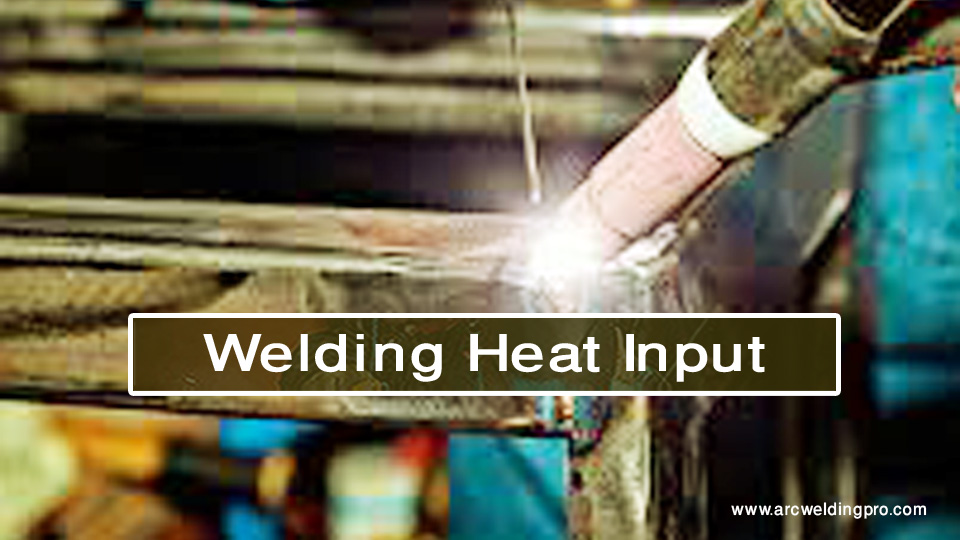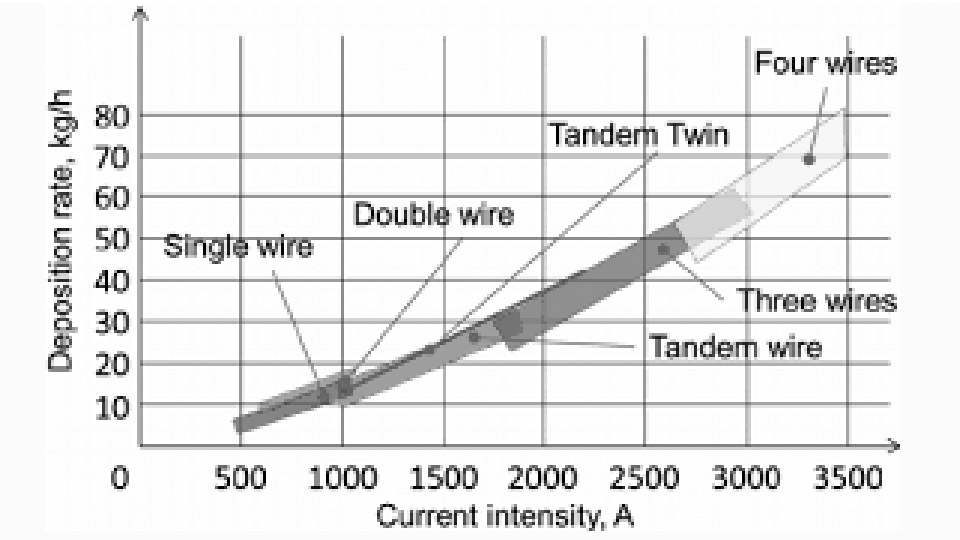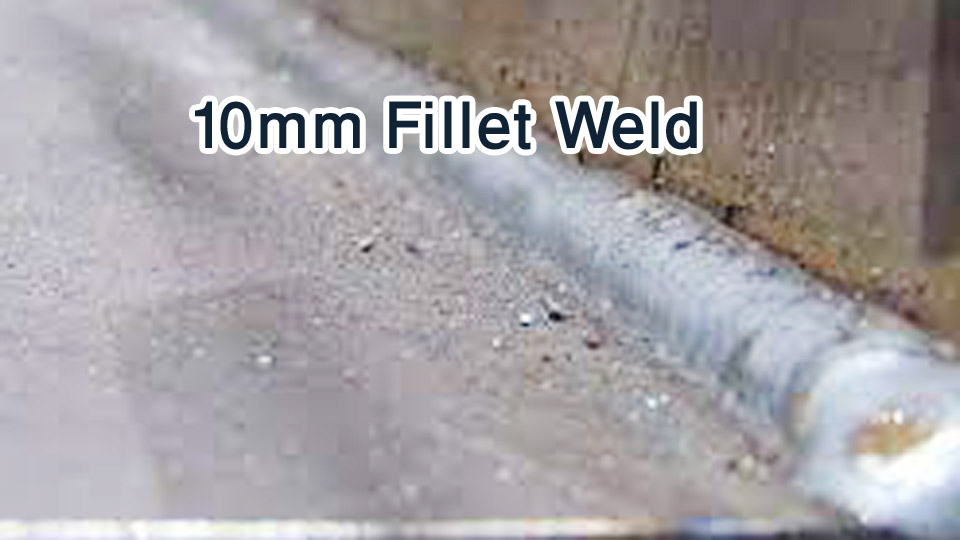Welding is a skill that can be both practical and artistic, and it’s a great way to create something with your own hands. However, if you’ve never welded before, getting started can seem daunting. There are many different types of welding, each with its own set of tools and techniques, and it can be difficult to know where to begin.
The good news is that anyone can learn to weld, regardless of their experience level. With a little bit of patience and practice, you can become proficient in no time. In this article, we will provide you with a beginner’s guide to welding that will help you get started.
We’ll cover the basics of welding, including the different types of welding, the tools you’ll need, and some tips for getting started. So whether you’re interested in welding as a hobby or as a career, read on to learn how to get started with welding.
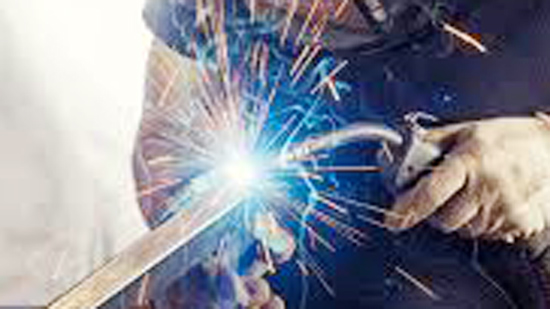
Image by libertystaffing
Basics of Welding
Welding is a process of joining two or more pieces of metal by melting and fusing them together. It is a crucial skill for metalworking and fabrication, and it has a wide range of applications in various industries such as construction, automotive, and manufacturing.
There are several types of welding techniques, but the most common ones are MIG, TIG, and Stick welding. MIG welding uses a wire electrode that melts and joins the metal together, TIG welding uses a tungsten electrode to create an arc that melts the metal, and Stick welding uses a consumable electrode that melts and fuses the metal together.
Before starting any welding project, it is essential to understand the basics of welding safety. Welding produces intense heat, bright light, and harmful fumes that can cause serious injuries if proper precautions are not taken. Protective gear such as welding helmets, gloves, and clothing must be worn to prevent burns, eye damage, and inhalation of harmful welding fumes.
In addition to safety, it is also crucial to understand the properties of the metal being welded. Different metals have different melting points, and some metals require specific welding techniques. For example, aluminum requires a different welding technique than steel because it has a lower melting point and a higher thermal conductivity.
Understanding the basics of welding is essential for anyone who wants to get started with welding. By familiarizing yourself with the different types of welding techniques, safety precautions, and metal properties, you can ensure that your welding projects are safe, efficient, and successful.
Selecting the Right Welding Equipment
When it comes to welding, selecting the right equipment is crucial for achieving the desired results. In this section, we will discuss the three main components of welding equipment: welding machines, safety gear, and welding materials.
Welding Machines
Welding machines are the backbone of any welding project. They come in various types, including MIG, TIG, and Stick. Each type has its own advantages and disadvantages, and the choice of machine depends on the specific needs of the project. For beginners, it is recommended to start with a MIG welder, as it is the easiest to learn and use.
When selecting a welding machine, it is important to consider the power source, amperage range, and duty cycle. The power source determines the type of input power required for the machine, while the amperage range determines the maximum and minimum amperage the machine can produce. The duty cycle refers to the amount of time the machine can be used continuously without overheating.
Safety Gear
Welding can be a dangerous activity, and proper safety gear is essential to protect the welder from harm. The most important piece of safety gear is a welding helmet, which protects the welder’s face and eyes from the intense light and heat of the welding arc. Other essential safety gear includes gloves, a welding jacket, and safety glasses.
When selecting safety gear, it is important to choose gear that is appropriate for the type of welding being performed. For example, MIG welding produces more spatter than TIG welding, so a welding jacket with a higher spatter resistance may be necessary.
Welding Materials
The type of welding materials used depends on the specific needs of the project. The most common welding materials include steel, aluminum, and stainless steel. Each material requires a different welding technique and filler material.
When selecting welding materials, it is important to consider the thickness and type of material being welded. Thicker materials require more amperage and heat, while thinner materials require less. The type of material being welded also affects the choice of filler material, as different materials require different types of filler.
Selecting the right welding equipment is essential for achieving the desired results. By considering the type of welding machine, safety gear, and welding materials needed for the project, welders can ensure that they have the tools necessary to complete the job safely and efficiently.
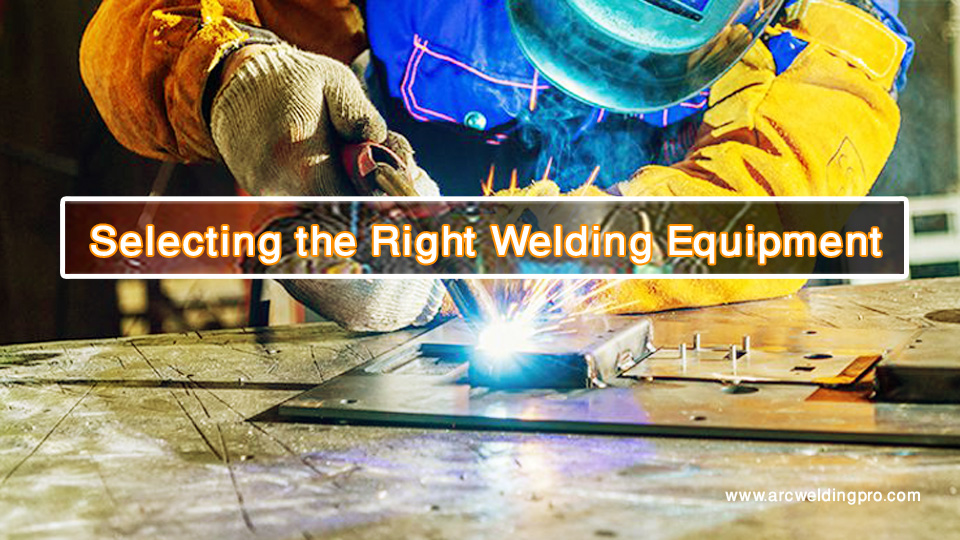
Image by AdobeStock
Setting Up Your Welding Workspace
When it comes to welding, setting up a proper workspace is crucial for safety and efficiency. This section will cover two important subsections: ventilation and safety, and organizing tools and equipment.
Ventilation and Safety
Proper ventilation is essential when welding to remove harmful welding fumes and gases. It is recommended to have a dedicated welding area with proper ventilation, either through natural ventilation or using an exhaust fan. The welding area should also be free from any flammable materials such as wood shavings, rags, or solvents.
In addition to proper ventilation, it is important to follow all safety guidelines when welding. This includes wearing protective gear such as welding helmets, gloves, and aprons. Welding can also produce intense light, so it is important to wear eye protection as well.
Organizing Tools and Equipment
To work efficiently, it is important to have a well-organized workspace with all necessary tools and equipment within reach. This includes having a sturdy workbench or table to work on, and having all welding equipment such as the welder, cables, and gas tanks in a designated area.
It is also helpful to have a system for storing and organizing smaller tools such as clamps, hammers, and wire cutters. This can be done using a pegboard or toolbox. Keeping the workspace clean and organized not only makes it easier to work, but also helps to prevent accidents and injuries.
By following these guidelines for ventilation and safety, and organizing tools and equipment, anyone can set up a safe and efficient welding workspace.
Learning Fundamental Welding Techniques
Learning fundamental welding techniques is crucial for beginners who want to get started with welding. In this section, we will discuss the basics of MIG, TIG, and Stick welding.
MIG Welding Basics
MIG welding, also known as Gas Metal Arc Welding (GMAW), is a welding process that uses a wire electrode to join two metal pieces together. The wire is fed through a spool and a gun, which heats the metal and melts it together.
To get started with MIG welding, beginners should follow these steps:
- Choose the right wire size and type for the job.
- Set up the welding machine according to the wire size and type.
- Clean the metal surface to ensure proper contact.
- Position the gun at a 90-degree angle and start welding.
TIG Welding Basics
TIG welding, also known as Gas Tungsten Arc Welding (GTAW), is a welding process that uses a tungsten electrode to heat and melt the metal. A filler rod is used to add material to the weld.
To get started with TIG welding, beginners should follow these steps:
- Choose the right tungsten electrode and filler rod for the job.
- Set up the welding machine according to the metal thickness and type.
- Clean the metal surface to ensure proper contact.
- Position the tungsten electrode at a 10 to 20-degree angle and start welding.
Stick Welding Basics
Stick welding, also known as Shielded Metal Arc Welding (SMAW), is a welding process that uses a stick electrode to join two metal pieces together. The stick electrode is coated with flux, which melts and protects the weld from contamination.
To get started with Stick welding, beginners should follow these steps:
- Choose the right electrode size and type for the job.
- Set up the welding machine according to the electrode size and type.
- Clean the metal surface to ensure proper contact.
- Position the electrode at a 10 to 20-degree angle and start welding.
By following these basic techniques, beginners can get started with welding and gradually improve their skills. It is important to remember that practice makes perfect, and safety should always be a top priority when working with welding equipment.
Practicing Welding Skills
Starting with Simple Projects
The best way to improve welding skills is through practice. Starting with simple projects can help beginners get comfortable with the welding process and develop their skills. One simple project is welding two pieces of metal together to create a joint. Beginners can start with a butt joint, which is the easiest joint to make.
Another simple project is welding a fillet joint, which is a joint between two pieces of metal that are at right angles to each other. Beginners can practice welding a fillet joint by welding two pieces of metal together at a 90-degree angle.
Troubleshooting Common Issues
Welding can be frustrating for beginners, especially when they encounter common issues such as porosity, lack of fusion, and undercutting. Porosity occurs when there are small holes or cavities in the weld, which can weaken the joint. Lack of fusion occurs when the weld does not fuse properly with the base material, which can also weaken the joint. Undercutting occurs when the weld creates a groove in the base material, which can also weaken the joint.
To troubleshoot these issues, beginners should first check their welding technique. They should ensure that they are using the correct welding technique for the joint and that they are using the correct welding settings for the material. They should also check their welding equipment to ensure that it is in good condition and that they are using the correct electrode or wire.
Practicing welding skills is essential for beginners to improve their welding technique. Starting with simple projects and troubleshooting common issues can help beginners become more confident in their welding abilities.
Understanding Welding Safety
Welding is a process that involves various hazards that pose risks to the health and safety of welders. It is important to take necessary precautions to ensure welding safety. The following subsections will discuss some of the key aspects of welding safety.
Personal Protective Equipment
Personal protective equipment (PPE) is essential for welding safety. Welders should wear PPE to protect themselves from potential hazards. The following table lists some of the PPE that welders should wear:
| PPE | Description |
|---|---|
| Welding helmet | Protects the face and eyes from radiation and flying debris |
| Welding gloves | Protects the hands from heat and sparks |
| Welding jacket | Protects the torso and arms from heat and sparks |
| Welding boots | Protects the feet from heat and sparks |
| Respirator | Protects the lungs from welding fumes |
Hazard Awareness
Welders should be aware of the hazards associated with welding. The following list provides some of the common hazards that welders may encounter:
Welding fumes and gases: Welding produces fumes and gases that can be harmful if inhaled. Welders should work in well-ventilated areas or use local exhaust to keep fumes and gases from the breathing zone and the general area.
Arc radiation: Welding produces intense light that can cause eye damage. Welders should wear a welding helmet with a proper shade lens to protect their eyes from arc radiation.
Electric shock: Welding involves high voltage electricity that can cause electric shock. Welders should avoid touching the electrode or metal parts of the welding equipment.
Burns: Welding produces high heat that can cause burns. Welders should wear appropriate PPE to protect themselves from burns.
Understanding welding safety is crucial for welders. By wearing appropriate PPE and being aware of potential hazards, welders can work safely and avoid injuries.
Exploring Advanced Welding Concepts
Welding Metallurgy
Welding metallurgy is the study of the physical and chemical properties of metals and how they behave during the welding process. Understanding welding metallurgy is crucial to achieving high-quality welds. Welding metallurgy involves the study of the following:
- Heat affected zone (HAZ)
- Weld pool
- Weld metal
- Base metal
The HAZ is the area of the metal that has been affected by the heat of the welding process. The weld pool is the molten metal that is created during the welding process. The weld metal is the metal that has been melted and then solidified to create the weld. The base metal is the metal that is being welded.
Welding metallurgy also involves understanding the different types of welding defects that can occur, such as porosity, cracking, and distortion. These defects can be caused by a variety of factors, including improper welding technique, inadequate preparation of the metal, or incorrect welding parameters.
Welding Certification Paths
Welding certification is a process that verifies a welder’s ability to produce high-quality welds. There are several different welding certification paths that a welder can pursue, depending on their career goals and the type of welding they specialize in.
One common certification path is through the American Welding Society (AWS). The AWS offers several different certification programs, including Certified Welder, Certified Welding Inspector, and Certified Welding Engineer.
Another certification path is through the National Center for Construction Education and Research (NCCER). The NCCER offers a variety of welding certification programs, including Certified Welder, Certified Welding Inspector, and Certified Welding Educator.
Certification programs typically involve a combination of written exams and practical welding tests. Welders must demonstrate their ability to produce high-quality welds that meet industry standards.
Pursuing welding certification can help welders advance their careers and increase their earning potential. By understanding welding metallurgy and pursuing certification, welders can become experts in their field and produce high-quality welds that meet industry standards.
Conclusion
Getting started with welding may seem daunting, but with the right knowledge and preparation, anyone can learn this valuable skill. Understanding the basics of welding, including the different techniques, safety precautions, and metal properties, is crucial for successful projects. Selecting the right welding equipment, such as the appropriate machine, safety gear, and materials, is essential for achieving desired results.
Additionally, setting up a proper workspace with proper ventilation and organized tools and equipment is vital for safety and efficiency. By following these steps, individuals can embark on their welding journey with confidence and enjoy the practical and artistic possibilities that welding offers.

I’m Darrell Julian, the founder, lead writer, and hands-on welding enthusiast behind ArcWeldingPro.com. With more than 15 years of real-world welding experience, I created this platform to share what I’ve learned in the field, in the shop, and in the heat of the arc.

